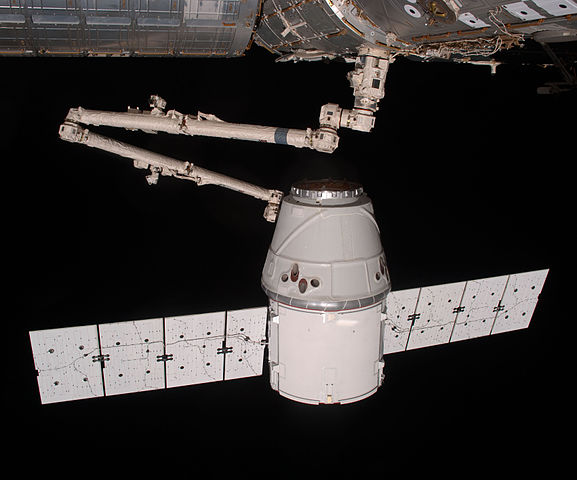SpaceX has made history by successfully launching a rocket with a used Dragon cargo capsule that had already been to space, and getting it to come back to Earth. This marks the fifth time the company has recovered one of its spacecrafts.
After one of SpaceX’s Falcon 9 rockets shot up to deliver cargo and supplies to the International Space Station, the rocket touched down at the Cape Canaveral landing site in Florida, called Landing Zone 1. So far, this is the company’s fifth attempt at a land recovery, and all five have been successful, The Verge reports. The space company now was ten Falcon 9 rockets that have launched to space and come back, both through land or on the SpaceX drone ships at sea.
The Dragon capsule used in this particular launch had already flown on SpaceX’s fourth cargo resupply mission for NASA in September 2014.
It stayed in space at the ISS for around one month before coming back down to Earth, landing in the Pacific Ocean.
This is the first time a Dragon has been used again for a flight, meaning SpaceX is the first private company to launch a vehicle into orbit for the second time. Aboard the Dragon are 6,000 pounds of supplies and materials for science experiments the ISS crew will work with. This includes fruit flies that will be used to test hoe cardiovascular systems work in microgravity, and a group of mice that will be studied for bone loss in space.
Other technologies on their way include the unpressurized structure on the spacecraft that provides support and houses solar panels, and the Dragon’s trunk contains NICER, an instrument that will be mounted on the space station to look for neutron stars. The Dragon is set to approach the station on Monday.
SpaceX hopes to keep reusing its Dragon cargo capsules, in order to eventually shut down production on the model and focus on an upgraded version. The planned Dragon 2 or Crewed Dragon will be able to carry people to and from the ISS, among other improvements for landing and descent.
























